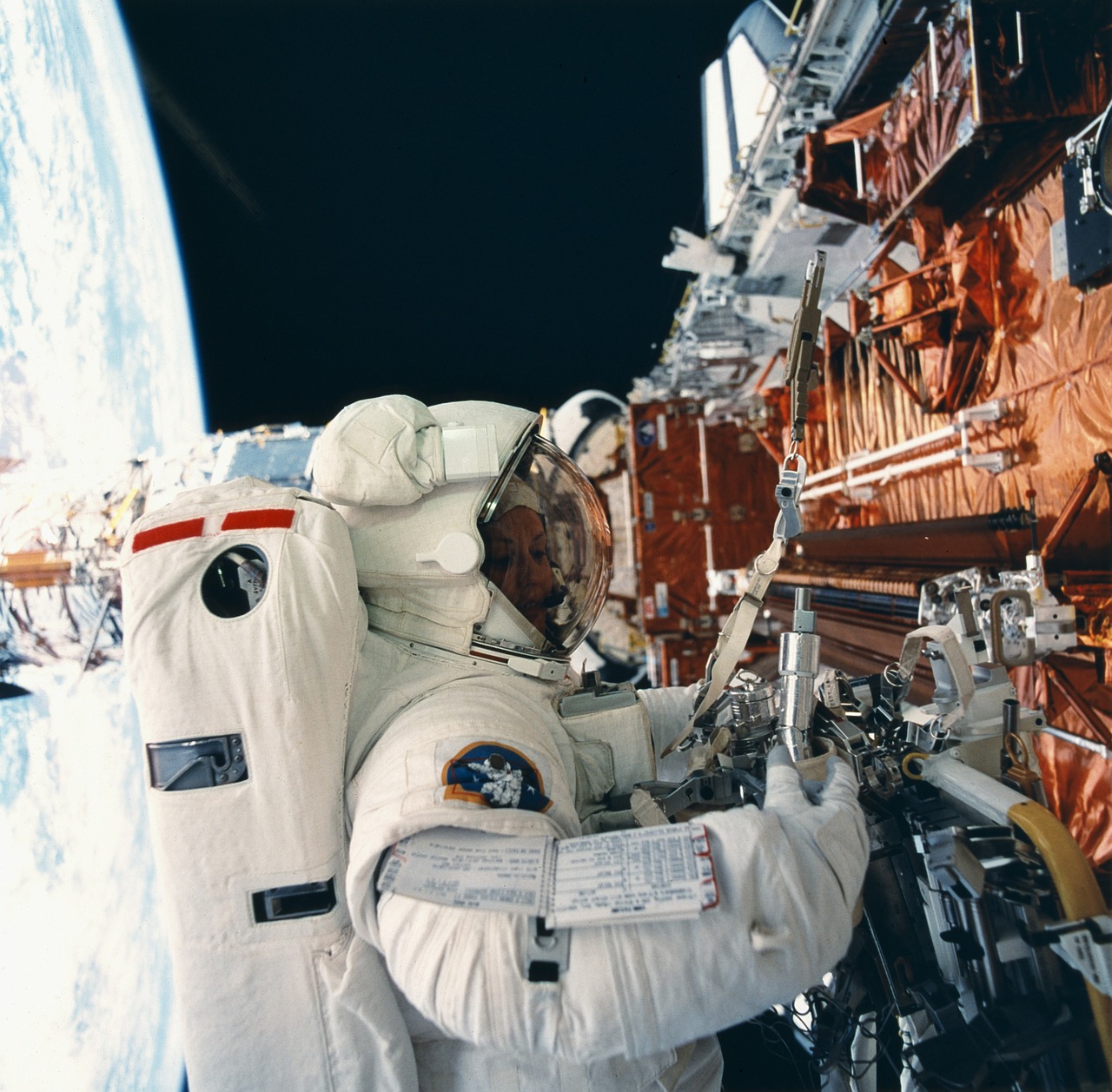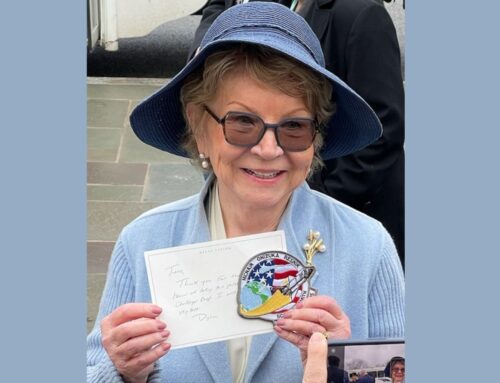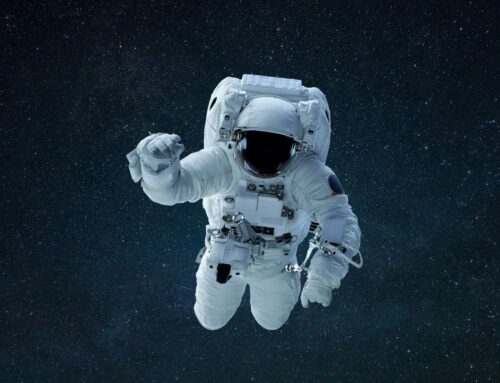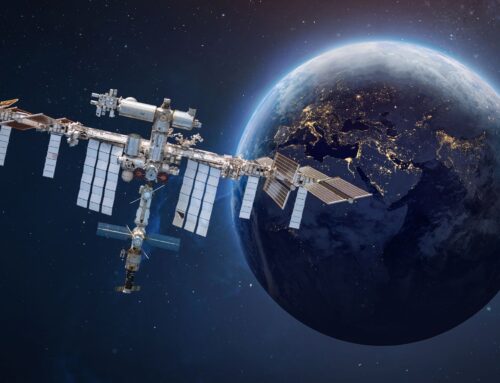Today, women comprise a mere 20 percent of space industry employees and less than 10 percent of aerospace engineers. There remains a significant gender gap in the field of space exploration. However, recent trends in the industry have started to change the look of the faces in space, giving hope for a very different future.
The industry as it stands in 2019 has certainly come a long way from the lone woman, JoAnn Morgan, who was in the firing room when Apollo 11 launched 50 years ago. Continued inclusion offers an opportunity for both government agencies, traditional aerospace companies and NewSpace companies to create innovative and diverse spaces that support female leaders.
And there is reason to hope they will. Currently, one-third of NASA’s active astronaut roster are women and NASA’s launch director, Charlie Blackwell-Thompson, is the first female in the job.
In 2015, Pascale Ehrenfreund was elected as the CEO of the German Aerospace Center (DLR); the first female to hold this post. Simonetta Di Pippo was appointed Director of the UN Office for Outer Space Affairs (UNOOSA) in March 2014 and leads the Committee on the Peaceful Uses of Outer Space (COPUOS).
Women also head up several of the largest and most prominent aerospace and defense companies. Leaders include Gwynne Shotwell, President and COO of SpaceX and Marilyn Hewson, Chairman, President and CEO of Lockheed Martin. Additionally, women hold major positions at Relativity Space, Virgin Orbit and Boeing.
Eliana Fu, Relativity Space’s senior raw materials supply engineer, is part of a team that will launch a fully 3D-printed rocket into space from Cape Canaveral next year. She makes a point of reaching out to women on social media, connecting them to opportunities in the field and to each other.
Up-and-coming female leaders have joined the field after becoming a “Brookie” of the Brooke Owens Fellowship, co-founded by industry leader Lori Garver in 2017. The award pairs individuals with a mentor in the aerospace industry including at Virgin Orbit, SpaceX, Ball Aerospace and Blue Origin, and was started to honor Dawn Brooke Owens, a pilot and former White House space policy expert. The program began choosing recipients in 2017 and places female fellows at prestigious companies like Virgin Orbit, SpaceX, Ball Aerospace and Blue Origin, as well as matches them with a mentor in the aerospace industry.
In a recent interview, Mae Jemison, a physician, engineer and the first woman of color in space aboard the space shuttle Endeavor in 1992, discussed her current position as head of the DARPA-funded 100 Year Starship project. She spends her time thinking about interstellar travel and emphasized the need for inclusivity in creating innovative solutions.
This year the first all-female space-walk took place on the International Space Station. The first attempt of this historic spacewalk a few months prior wasn’t completed because no medium-sized spacesuits were available. Ironic, because in some ways women are better suited to space travel. On average women are smaller, consume less food and other resources and suffer fewer physical aftereffects of time in space.
In order to achieve longer distance missions and perhaps space settlement, women need to be included in everything related to space exploration including design. Much of space exploration is also focused on researching astronaut physiology and there is now more data to study the effects of living in space on the female body.
Deep space missions have now been awarded to two women as principal investigators. Lindy Elkins-Tanton is heading up the Psyche mission, leaving in 2022. Psyche aims to explore a metal asteroid with a composition much like the Earth’s core. Elizabeth “Zibi” Turtle leads the Dragonfly mission to send a rotocraft to Saturn’s largest moon Titan.
Many women are doing amazing things within the industry from leading national organizations to managing large programs that will directly impact humanity’s future in space. Earlier this year, NASA committed to returning to the moon by 2024. The mission, named Artemis, after the sister of Apollo and goddess of the moon, promises to put the first woman on the moon. Challenges such as exploration of deep space requires our very best. Humanity can be a better version of itself as it projects itself forward on to the canvas that is space. This can and should mean equal opportunity for everyone.






